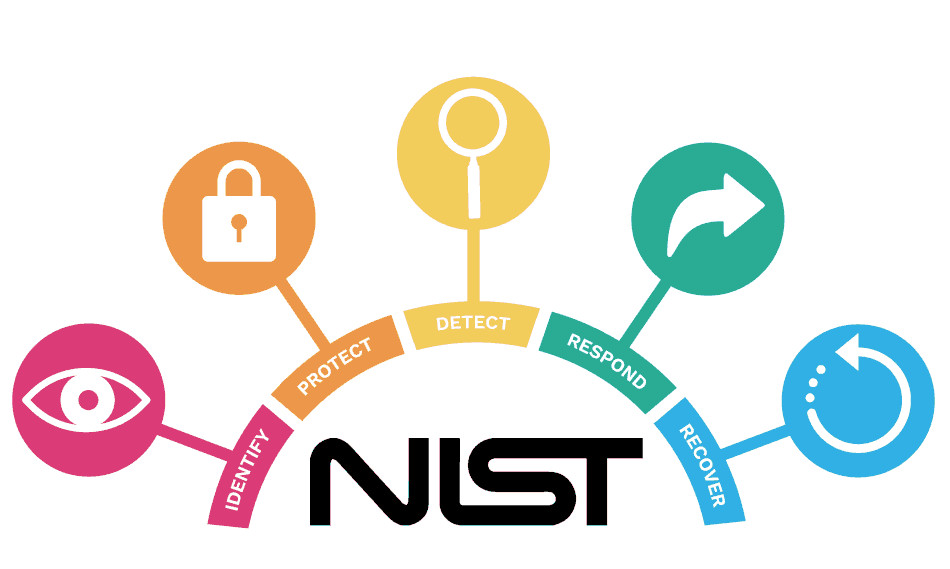
NIST Unveils Cybersecurity Framework 2.0: Expanding Access and Efficacy Beyond Critical Infrastructure
Navigating the Enhanced Suite of Tools and Resources for Comprehensive Cybersecurity Risk Management
NEWS Security February 29, 2024 Reading time: 2 Minute(s)
The National Institute for Standards and Technology (NIST) has once again raised the bar in the realm of cybersecurity with the release of Cybersecurity Framework 2.0 (CSF 2.0). This updated iteration not only builds upon its predecessor's foundation but also extends its reach beyond critical infrastructure, making robust cybersecurity practices accessible to organizations of all sizes and sectors.
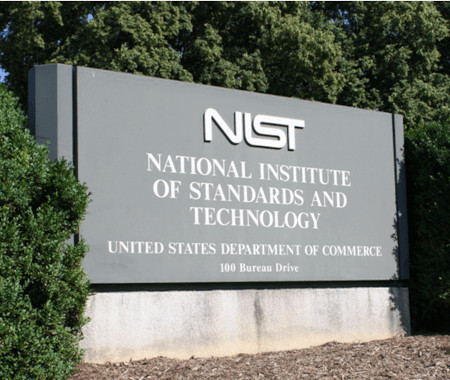 Introduced in 2014, the initial Cybersecurity Framework served as a pivotal instrument in mitigating cybersecurity risks, offering a structured approach for organizations to enhance their defenses. However, recognizing the evolving landscape of cyber threats and the increasing diversity of organizations in need of protection, NIST has diligently crafted CSF 2.0 to cater to a broader audience.
Introduced in 2014, the initial Cybersecurity Framework served as a pivotal instrument in mitigating cybersecurity risks, offering a structured approach for organizations to enhance their defenses. However, recognizing the evolving landscape of cyber threats and the increasing diversity of organizations in need of protection, NIST has diligently crafted CSF 2.0 to cater to a broader audience.
The cornerstone of this evolution lies in the framework's enhanced accessibility. Laurie E. Lozascio, Under Secretary of Commerce for Standards and Technology and NIST Director, emphasizes the framework's adaptability to various organizational needs, from small businesses to large corporations, schools, and nonprofits. CSF 2.0 is thoughtfully designed to provide tailored pathways, ensuring ease of implementation regardless of an organization's cybersecurity sophistication level.
A notable enhancement in CSF 2.0 is the introduction of the Govern function, complementing the existing core functions of Identify, Protect, Detect, Respond, and Recover. This addition underscores the importance of governance in cybersecurity strategy, acknowledging cybersecurity as a significant enterprise risk that requires strategic oversight.
To further facilitate implementation, NIST has introduced the Cybersecurity and Privacy Reference Tool (CPRT), a user-friendly resource that simplifies the navigation of CSF's core guidance. The CPRT empowers users to search, access, and export data in both human-consumable and machine-readable formats, streamlining the integration of cybersecurity standards into organizational practices.
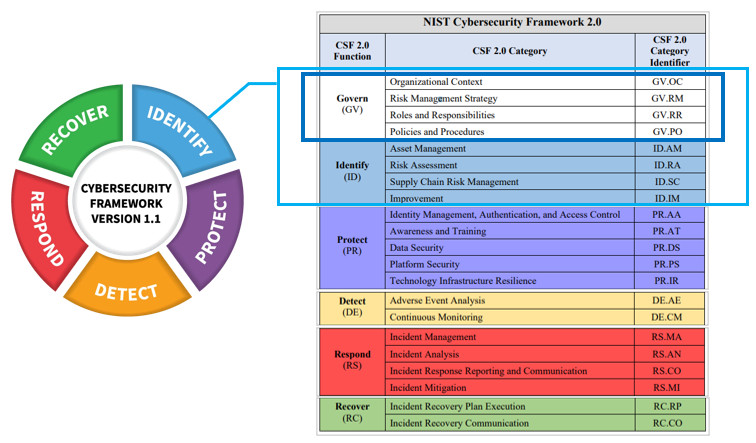
Moreover, the inclusion of a searchable catalogue of informative references expands the utility of CSF 2.0 by allowing organizations to cross-reference guidance with over 50 cybersecurity documents. This comprehensive repository enhances the framework's versatility and applicability across diverse contexts.

Furthermore, NIST's collaboration with international standards bodies like ISO and IEC ensures alignment and interoperability between cybersecurity frameworks, enabling organizations to seamlessly integrate CSF functions into their overarching cybersecurity strategies.
As Kevin Stine, chief of NIST's Applied Cybersecurity Division, underscores, the objective of CSF 2.0 is to cater to a broader spectrum of users, both domestically and globally. By continuously enhancing resources and prioritizing user experience, NIST remains at the forefront of cybersecurity innovation, empowering organizations to effectively understand, manage, and mitigate cybersecurity risks in an ever-evolving threat landscape.
IMAGES CREDITS: NIST
*Our pages may contain affiliate links. If you buy something via one of our affiliate links, Review Space may earn a commission. Thanks for your support!
CATEGORIES




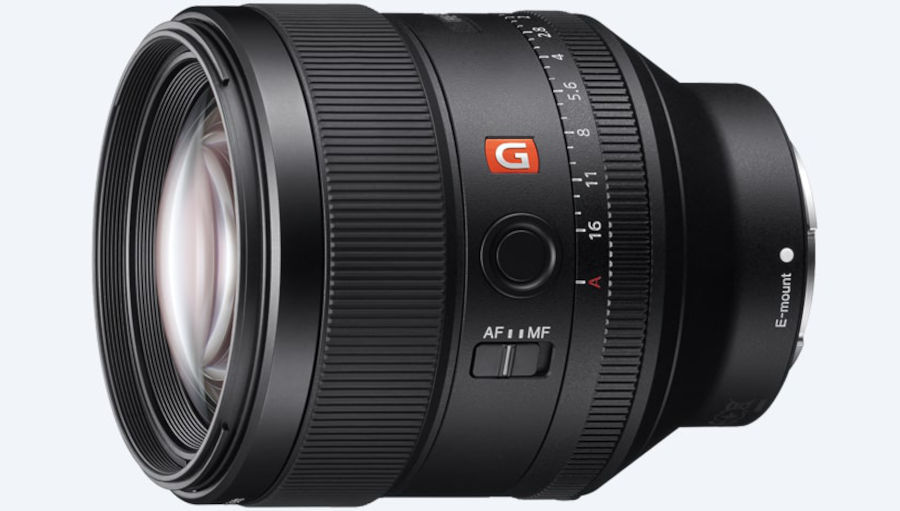




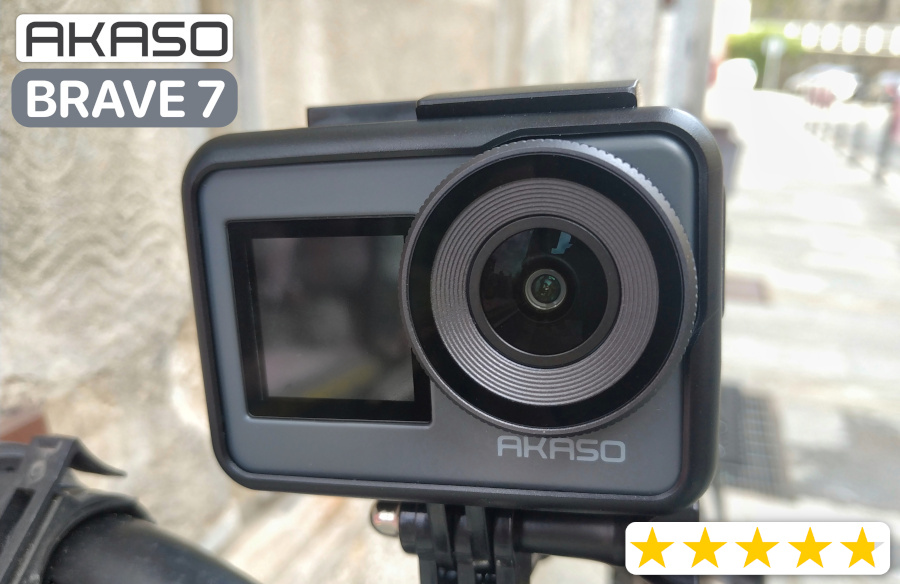









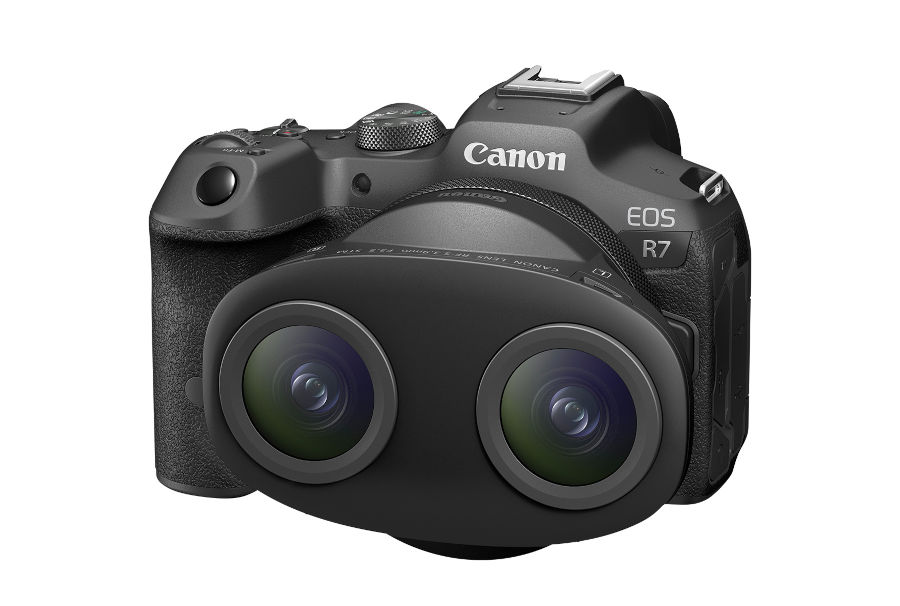
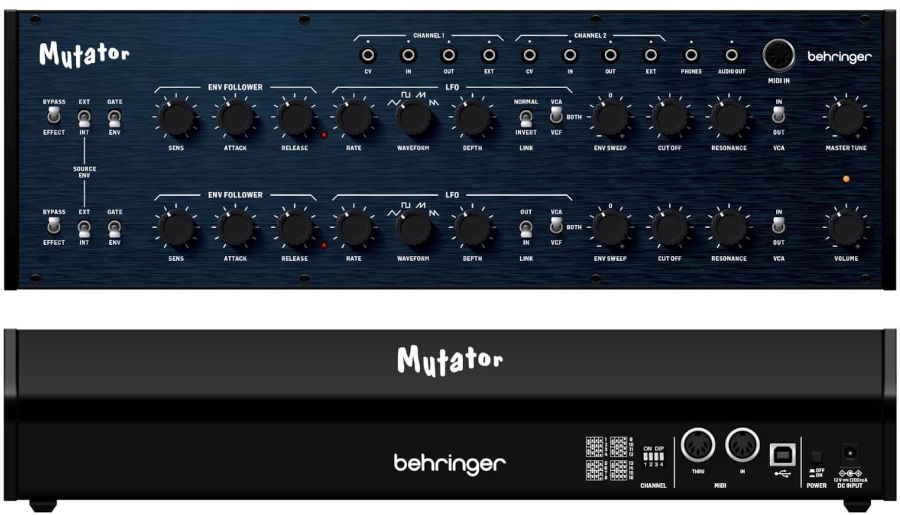




COMMENTS